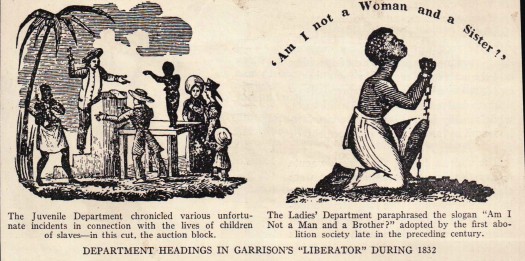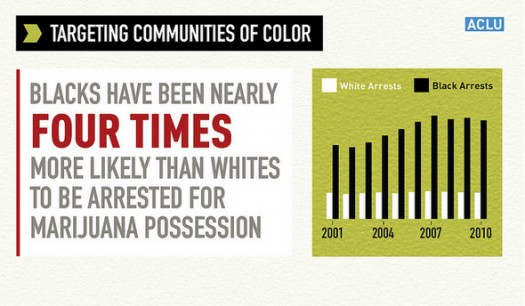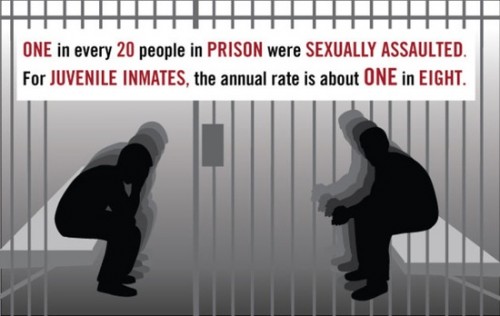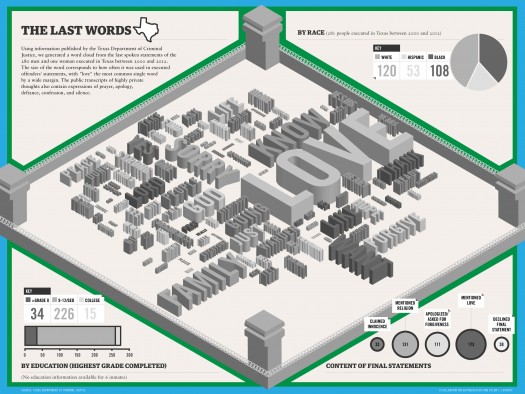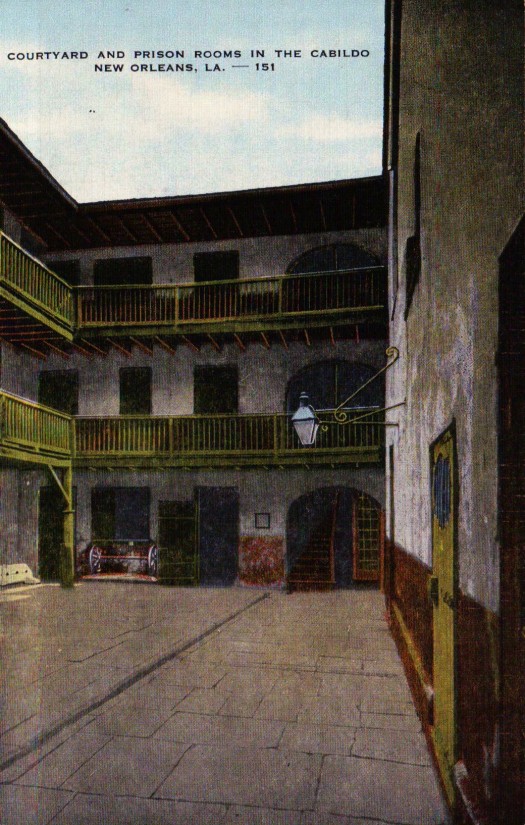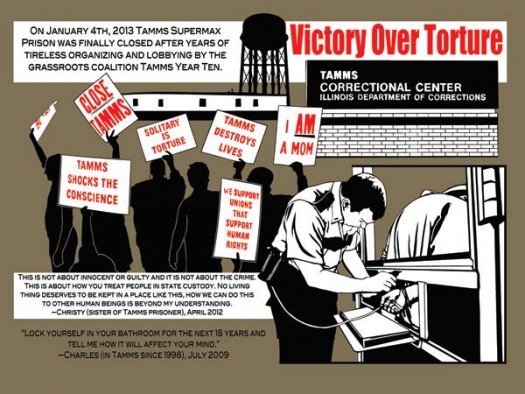Rachel Jeantel: Through A Glass Darkly…
On February 26 2012, 19 year-old Rachel Jeantel was talking to a friend on the phone. He told her that he was being followed by a creepy man. A while later, she heard his phone drop and then a scuffle. She was cut off and tried to call him back. Two days later, she heard that her friend, 17 year-old Trayvon Martin had been shot and killed. Her voice was the last friendly one that he would hear.
Yesterday, I was listening to Rachel’s testimony at George Zimmerman’s trial. She was billed as the prosecution’s ‘star witness.’ Zimmerman is on trial for killing Martin; he says in self-defense. I was doing other work but I also had an eye on my Twitter feed. In the background, I could hear Rachel’s voice as she recounted her conversations with her friend on the last day of his life. I could hear her cadence (halting) and her tone (irritated). She spoke black english. The judge and the lawyers made it clear they wished that they had a foreign language translator on site.
I smiled a couple of times as she audibly sighed when questions that she didn’t appreciate were asked of her. I was smiling in recognition of the dozens of young women just like Rachel who I have known and worked with over the years. I switched tabs on my computer to actually watch her as she spoke. I saw a young, dark-skinned, thick, black woman fighting to hold it together. I heard her explain that she ‘was not an emotional person’ and that she lied about not attending Trayvon’s wake because she ‘didn’t want to see the body.’
I SAW her…
Rachel is an around-the-way girl. Her hair done. Big hoop earrings. ‘Attitude’ for miles. Awesome nails. She was doing her. I smiled because I loved Rachel’s bluntness and forthrightness. Her demeanor was unapologetic even while her voice was low. She seemed to be just who she wanted to be. She didn’t code-switch. I found her endearing, compelling and brave.
I FEARED for her…
My opinion and assessment of Rachel were sure to be in the minority. I knew. A few years ago, a study by MEE Productions about relationships and sexuality among black youth found that:
“Black females are dissed by almost everyone. Young African American females hold little status within their communities, reflected in the name-calling and devaluing of young girls.”
When I glanced over at my Twitter feed, I saw how Rachel Jeantel was being discussed. She was already on her way to becoming memefied. On social media, Rachel was called “ghetto.” Her intelligence was questioned. Some wondered if she had a “mental setback.” @DeanRains suggested: “If you’re questioning how important education is for your children, re-watch Rachel Jeantel on the stand from today. #ZimmermanTrial”
Predictably, the racists came out of the woodwork. @ThomasTRiddle wrote: “My favorite part of the Zimmerman trial? Watching Rachel Jeantel grab that fried chicken and run out without paying.” The sexists got in on the act. She was attacked for her “massive neck” and for being “fat.” She was called “ugly” and some nicknamed her Precious, a character from a book titled ‘Push’ written by Sapphire.
UGLY. FAT. UNEDUCATED. DUMB. MENTALLY CHALLENGED. HIGH. BLACK. GHETTO. DUMB AS ROCKS. EMBARRASSING. STUPID. BLACK. GHETTO. RUDE. UGLY. DUMB. GHETTO. BLACK. BLACK. BLACK…
